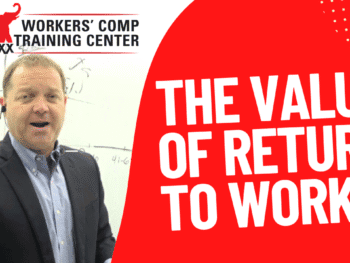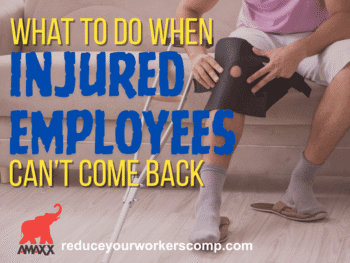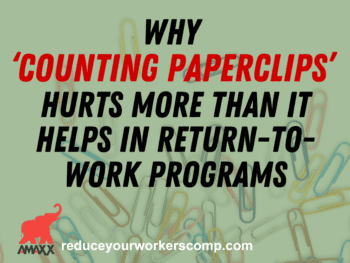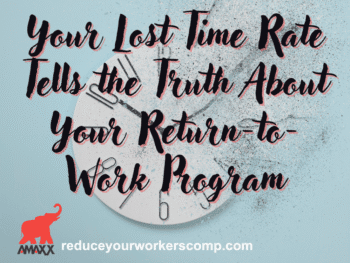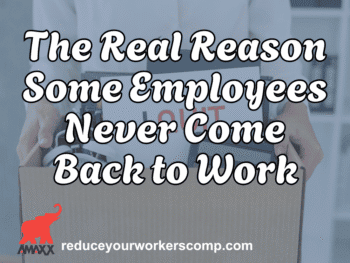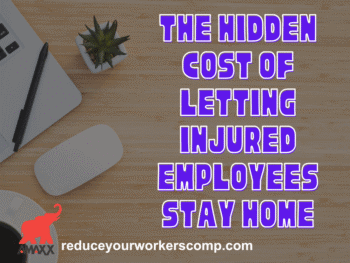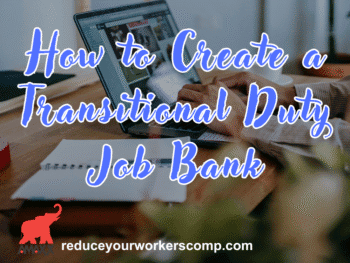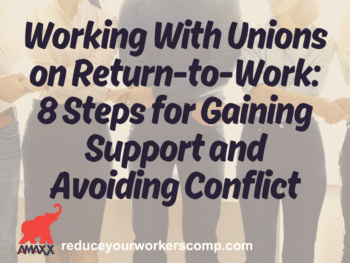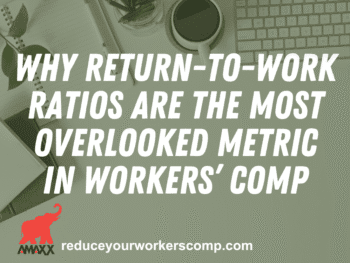By stepping in BEFORE these events unfold, employers can reduce their effect. Empowering workers before an injury occurs includes: 1-Incorporating your human resources department. Make sure it is well informed about the organization's internal and external return-to-work options. Its staff should be readily available to injured workers so when questions arise, prompt and accurate answers can be delivered. This simple courtesy conveys respect as well as a no-nonsense expectation that time away from the job is assumed to be temporary. 2-Sending a clear, unanimous message. From the top brass to floor managers, from clinic nurses to payroll staff, the employees must understand that the organization has an aggressive return-to-work program and is committed to doing whatever it takes to bring workers back in some capacity. If your organization's claims professionals, attorneys and program vendors do not realize the value of this concept, consider implementing some form of cultural training to see that they do. 3-Obtaining clear work restrictions early in the process. Do not wait for doctors or lawyers to cultivate an attitude of helplessness. Using these as a guideline, look inside and outside the organization for alternative positions for the injured worker. Also, look for ways to relay this information to the worker each step of the way. Introducing a strong return-to-work program builds up the employee's confidence during his or her recovery. Rather than focusing on disability and the lure of securing a big settlement, workers are armed with a wealth of positive options. Gordon R. Butler, SOAR Research, Inc. can be reached at 866.813.5888 or email gbutler@gbutlerconsult.com. http://www.gbutlerconsult.com/ WC Calculator www.ReduceYourWorkersComp.com/calculator.php TD Calculator www.ReduceYourWorkersComp.com/transitional-duty-cost-calculator.php WC 101 www.ReduceYourWorkersComp.com/workers_comp.php Do not use this information without independent verification. All state laws are different. Consult with your corporate legal counsel before implementing any cost containment programs. ©2008 Amaxx Risk Solutions, Inc. All rights reserved under International Copyright Law. If you would like permission to reprint this material, contact Info@WorkersCompKit.com

